Global collaboration to tackle zoonotic threats
2024
Nov
22
How can understanding bats help prevent the next pandemic? This was the central theme at the OneBAT Project’s Third International Assembly, held November 21-22. Hosted by the National Laboratory of Virology at the University of Pécs, the event brought together experts from Europe and the United States to tackle the pressing issue of zoonotic diseases - illnesses that can jump from animals to humans.
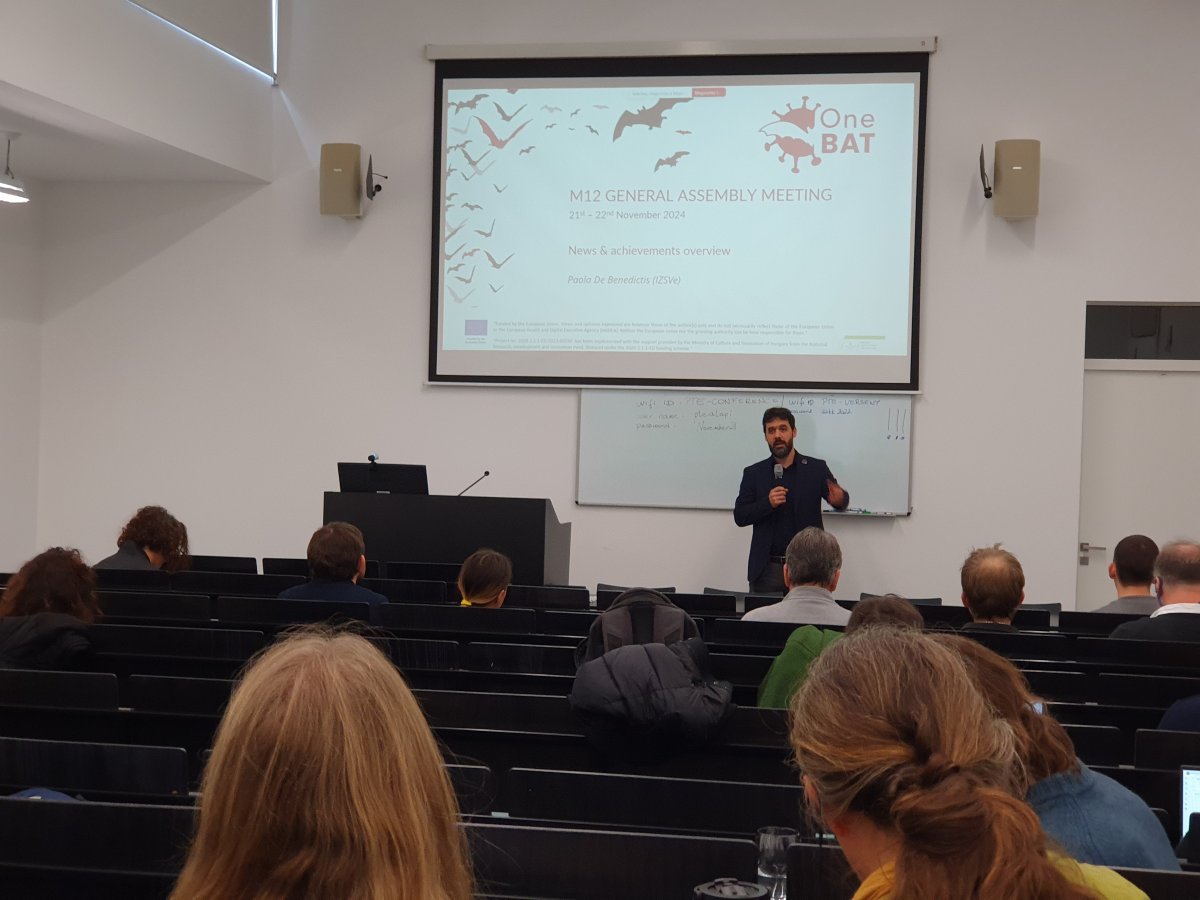
The assembly opened with an insightful introduction by Gábor Kemenesi, director of the National Laboratory of Virology, the event’s hosting partner. His remarks set the stage for the two-day discussions, emphasizing the importance of collaboration in addressing zoonotic disease risks.
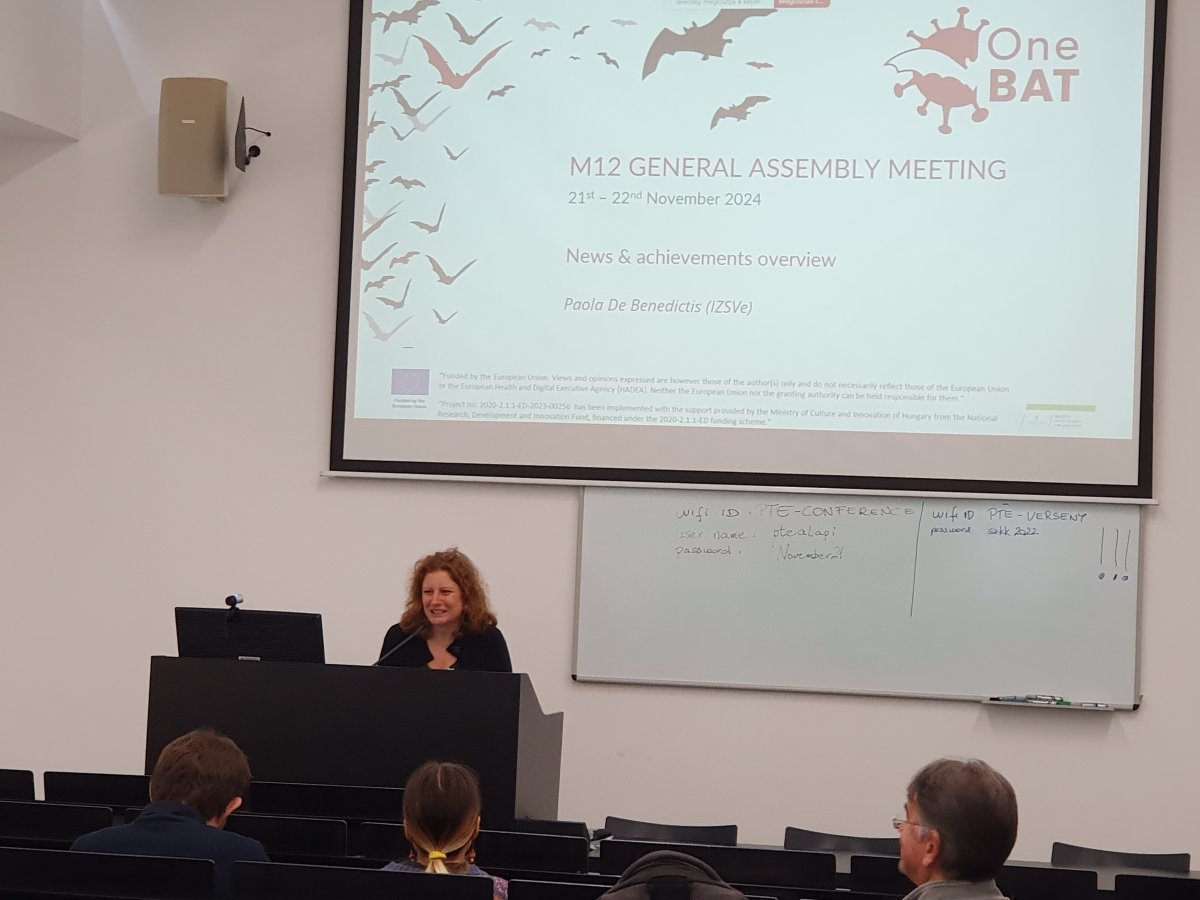
Following this, Paola De Benedictis, Project Coordinator from the Istituto Zooprofilattico Sperimentale delle Venezie, delivered a comprehensive overview of the OneBAT initiative. She highlighted key milestones achieved so far, from advancing species distribution models to refining methodologies for studying pathogen spillovers, underscoring the project’s progress in its first year.
Bats, with their unique biology and diverse habitats, are a known reservoir for viruses, including those that have caused outbreaks in humans.
The OneBAT project focuses on using a "One Health" approach to study these connections.
By examining the links between bats, viruses, and human environments, researchers aim to predict and prevent viral emergencies.
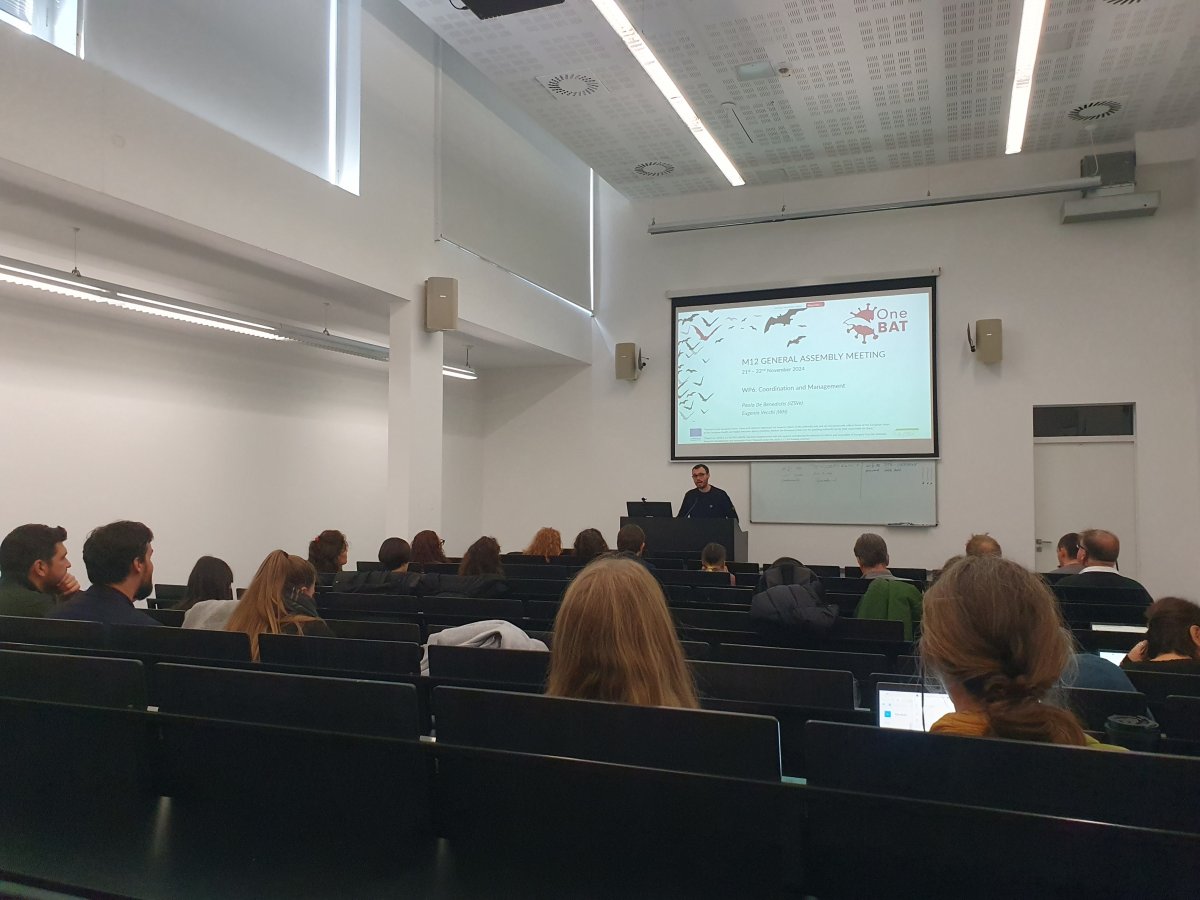
Eugenio Vecchi from beWarrant S.L. – Tinexta Group provided an overview of the project’s coordination and management efforts. “Coordination is the backbone of our collaborative work,” he remarked, emphasizing the importance of structured, multinational teamwork in tackling zoonotic threats.
Fiona Mathews of the University of Sussex shed light on the ecological behavior of bats and their interactions with humans and other species. Her research underlines how bat populations and their habitats intersect with human environments, creating potential zoonotic spillover points.
One of the key challenges, as discussed at the conference, lies in bats’ highly varied behavior and habitats. Unlike other animals with predictable ecological patterns, bats use multiple roosts, from natural caves to urban fortifications and historic buildings.
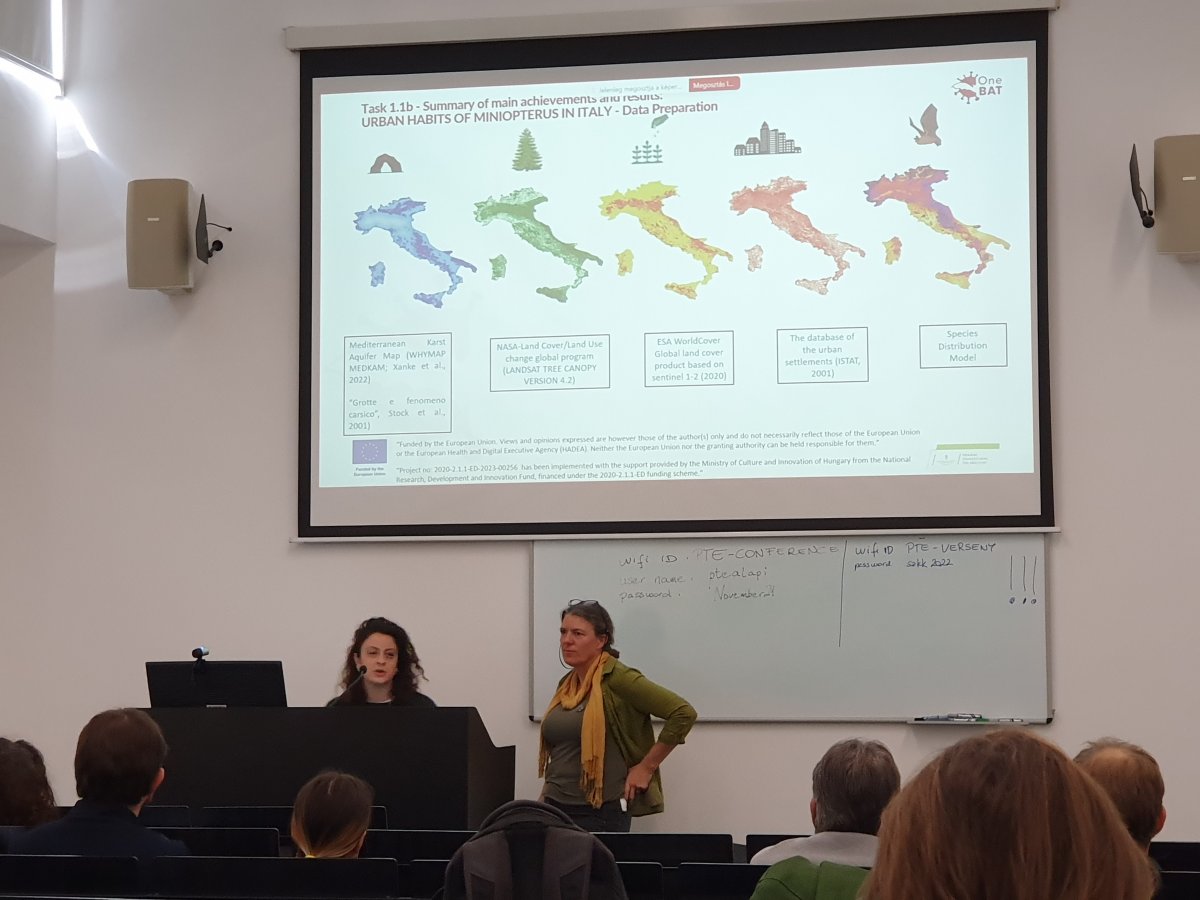
Colonies of Miniopterus bats have been discovered in unexpected urban settings. “
We found them roosting in castles and old fortifications, places you wouldn’t typically associate with bats,”
explained Fiona Mathews of the University of Sussex during her presentation. This finding has spurred new efforts to map potential zoonotic hotspots, leveraging species distribution models, historic site data, and even Google Earth to identify critical zones where bats and humans may overlap.
Building on this, Francesca Festa from the Istituto Zooprofilattico Sperimentale delle Venezie showcased detailed distribution maps of Miniopterus. These maps, which combine ecological data with human-related variables, provide essential insights for refining zoonotic risk assessments and targeting areas where human-bat interactions are most likely.
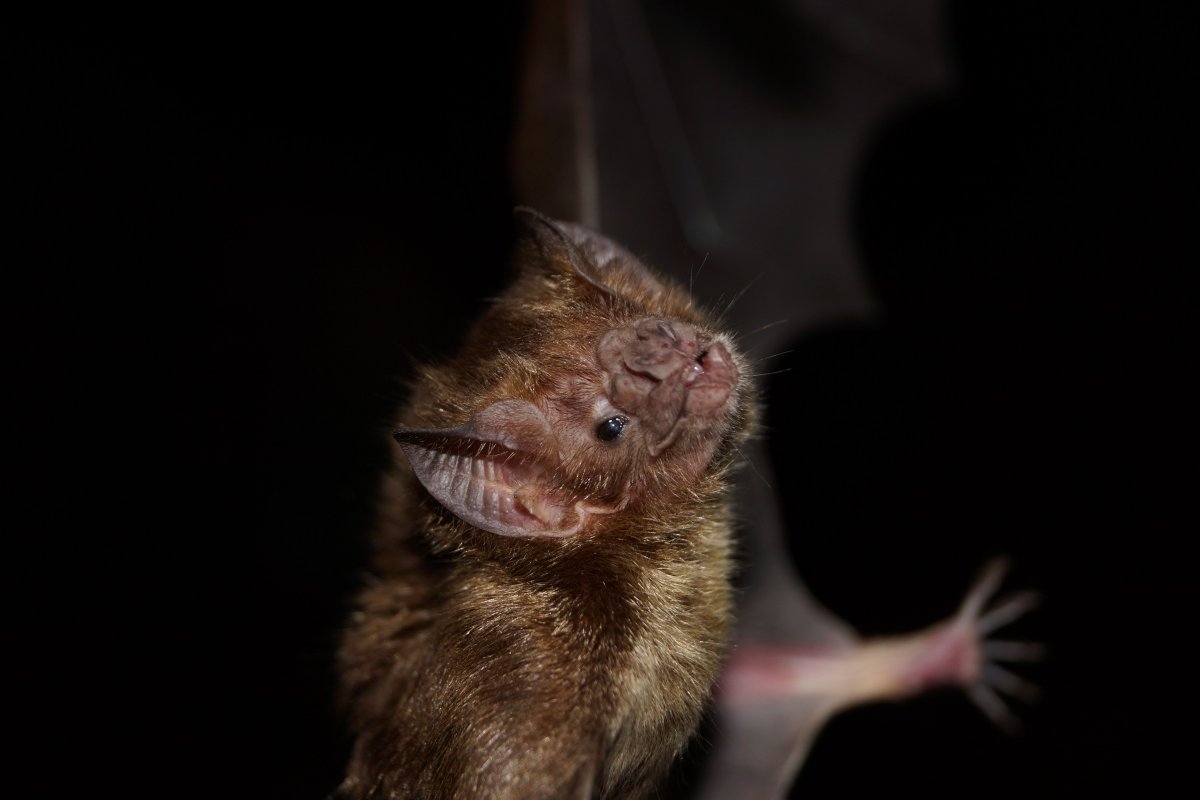
Pierre Nouvellet of the University of Sussex discussed pathogen transmission within bat populations and their spillover hosts. His work highlighted how viruses move through reservoirs and interact with potential hosts, a crucial piece in understanding zoonotic outbreaks.
Stefania Leopardi, also from the Istituto Zooprofilattico Sperimentale delle Venezie, built on these findings, integrating them with additional datasets to create a fuller picture of the dynamics at play.
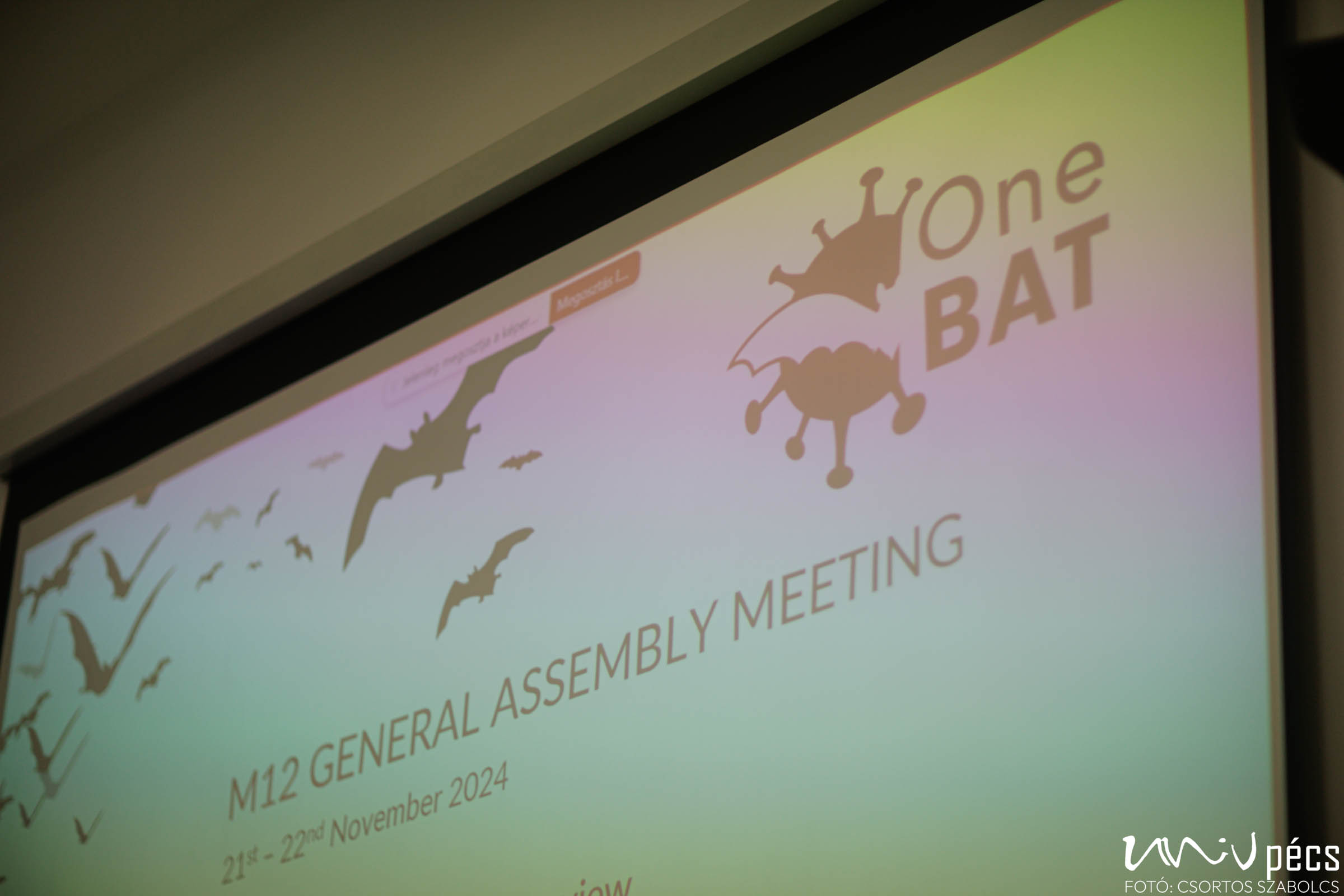
The conference underscored the importance of interdisciplinary collaboration. Virologists, ecologists, and technology experts are working together to refine predictive models and improve data collection. Standardized protocols for bat handling and sampling are being shared across countries, ensuring consistency in research efforts.
“This work is not just about bats,” said Fiona Matthews. “It’s about equipping humanity to prevent the next pandemic before it starts.”
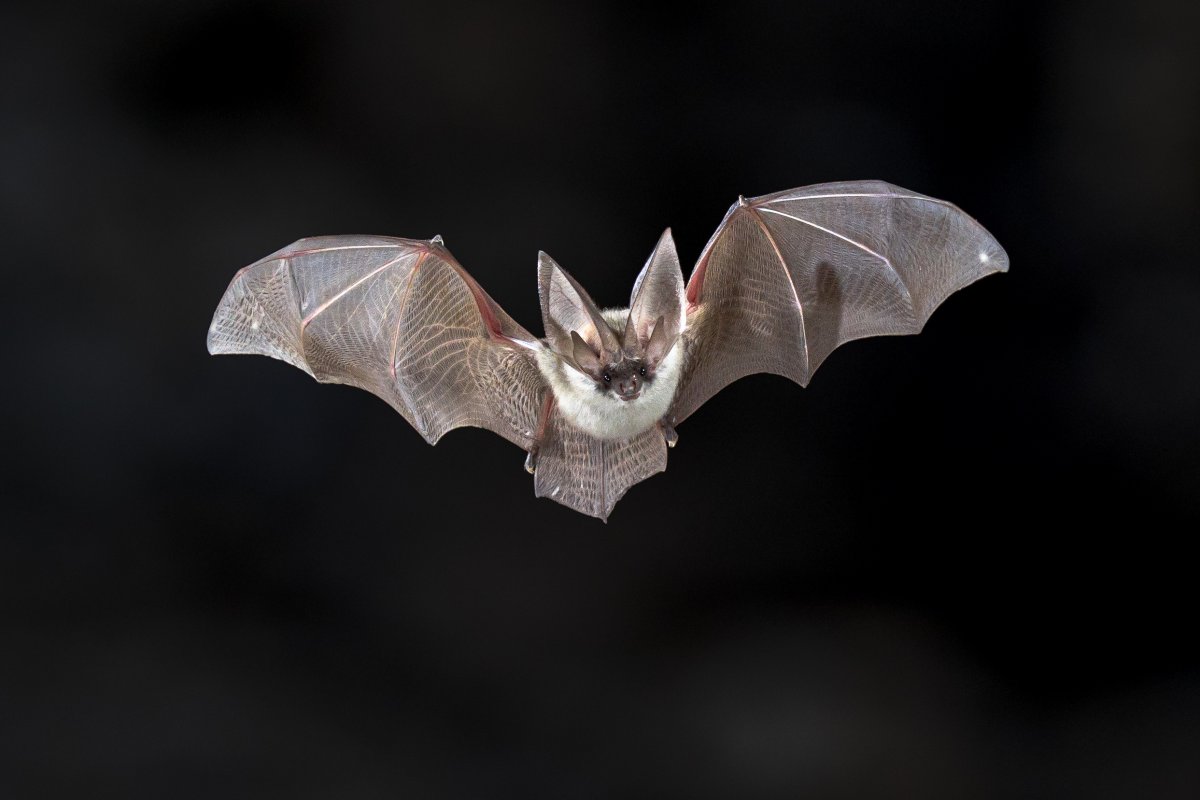
Bats play a vital ecological role, but their capacity to host viruses makes them a critical focus in global health research. The OneBAT project exemplifies how multidisciplinary science and international collaboration can offer solutions to some of the most urgent challenges of our time.
By better understanding the intersection of bat ecology, human activity, and viral transmission, the OneBAT team is laying the groundwork for a healthier, more prepared world.
- Log in to post comments
University of Pécs | Chancellery | IT Directorate | Portal group - 2020.






















